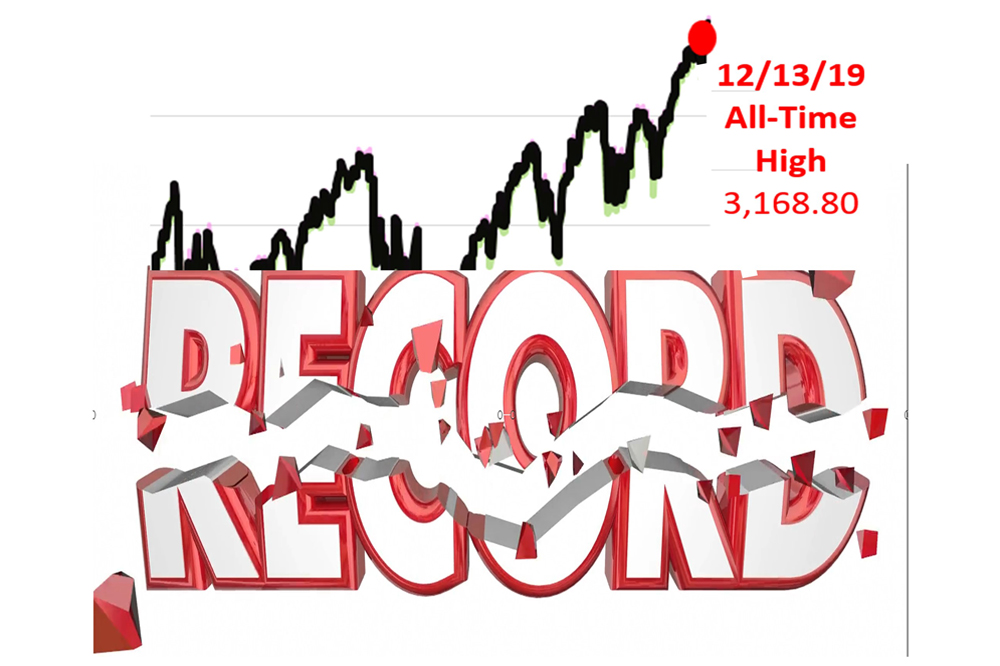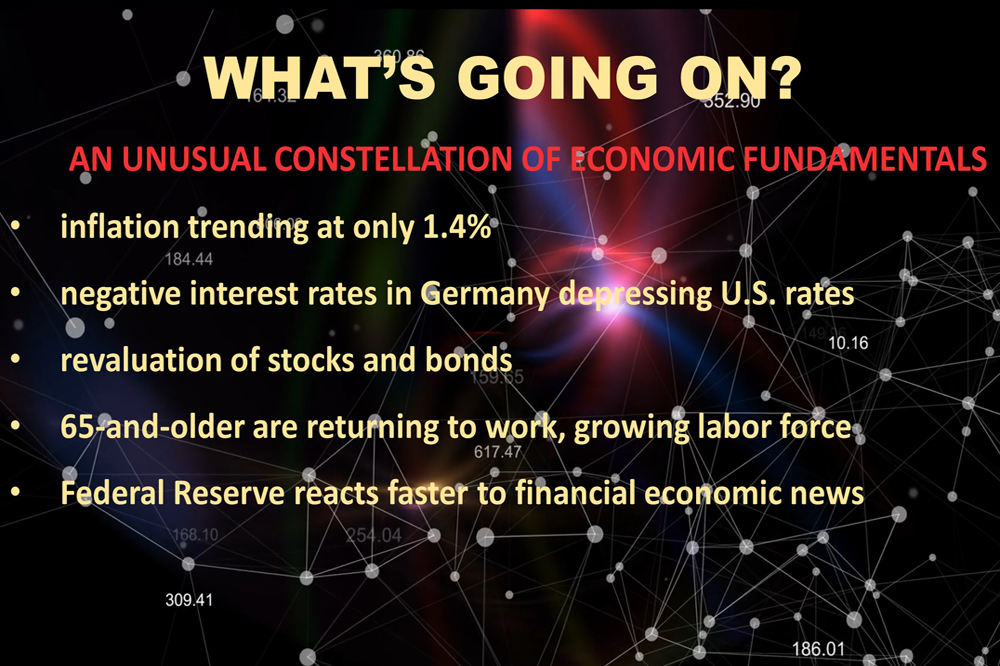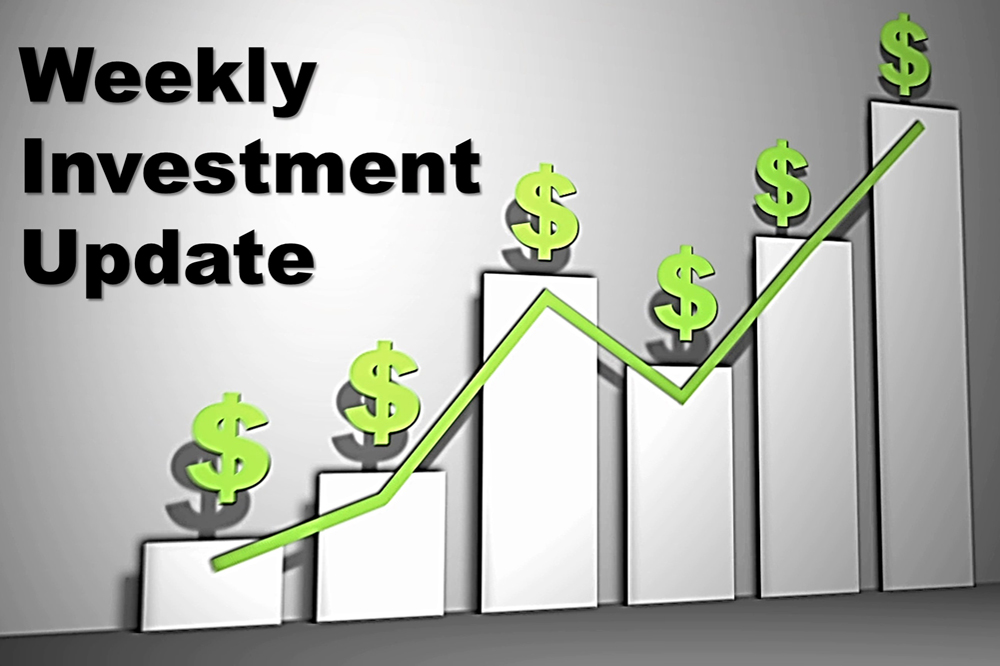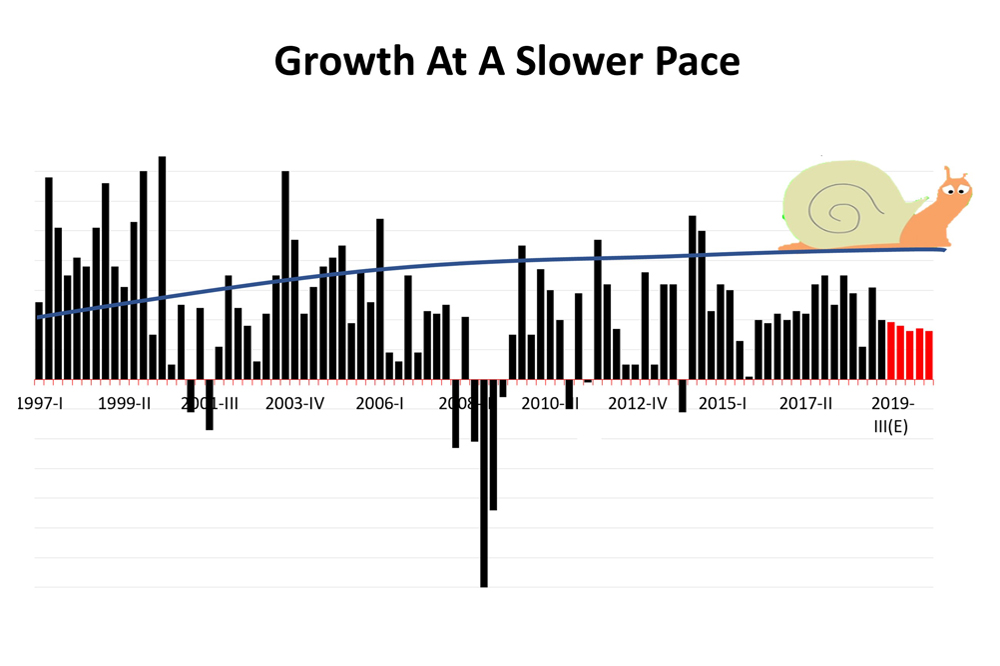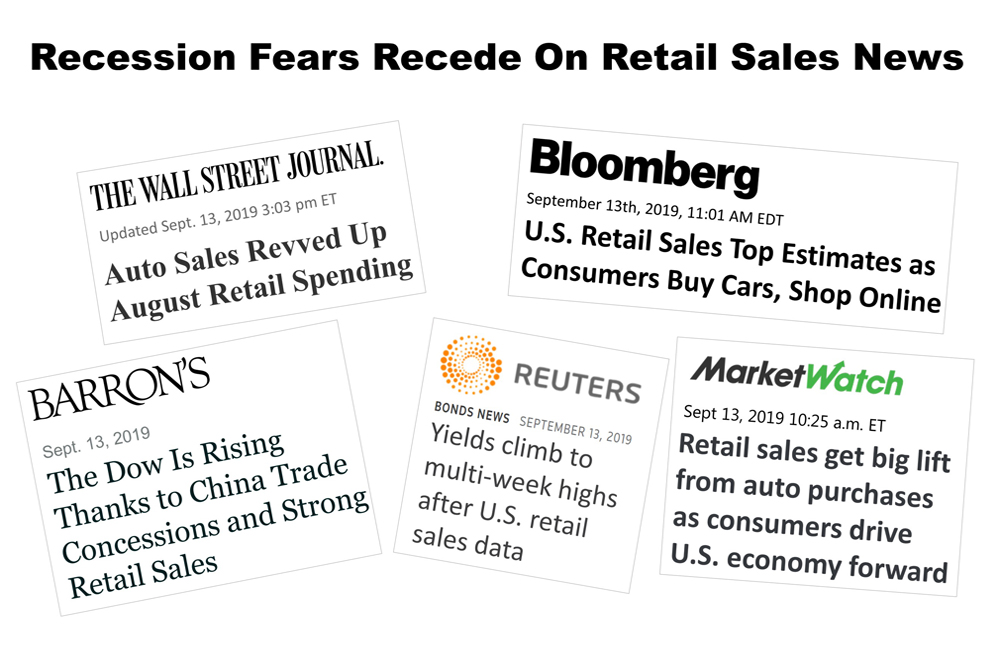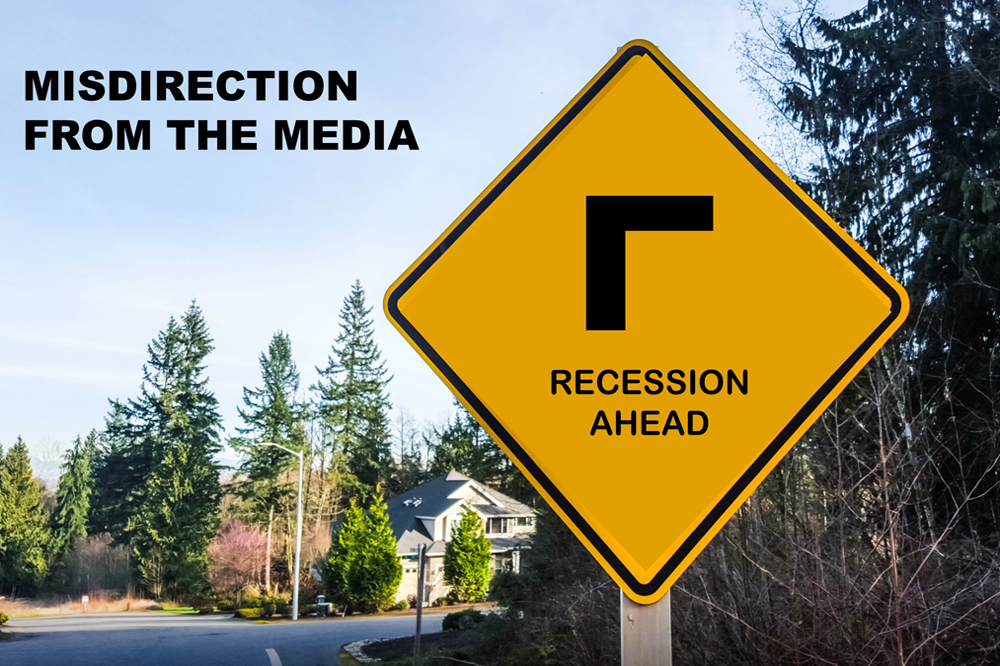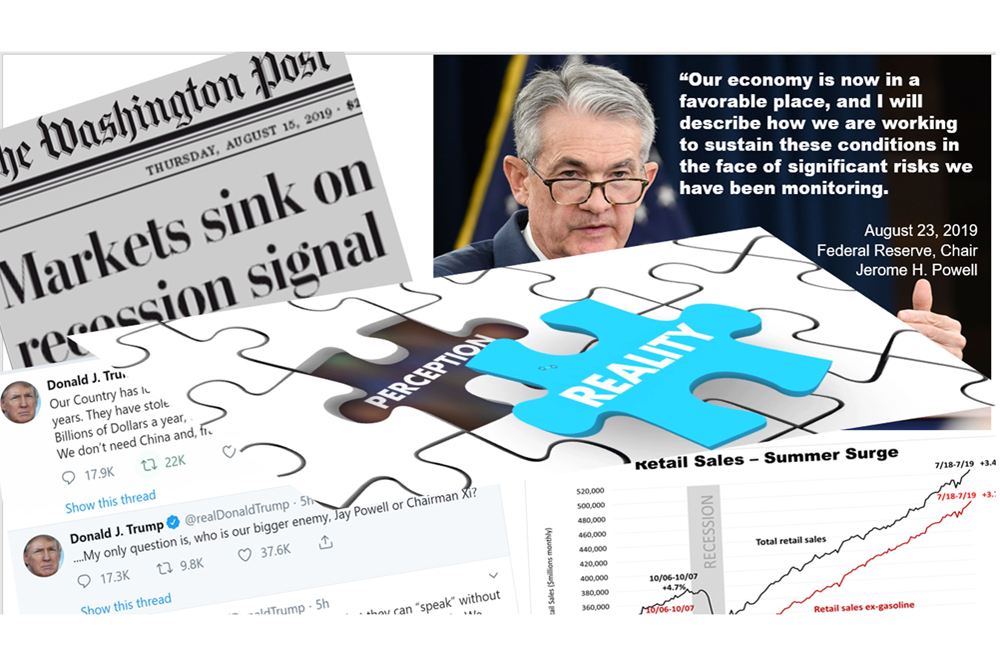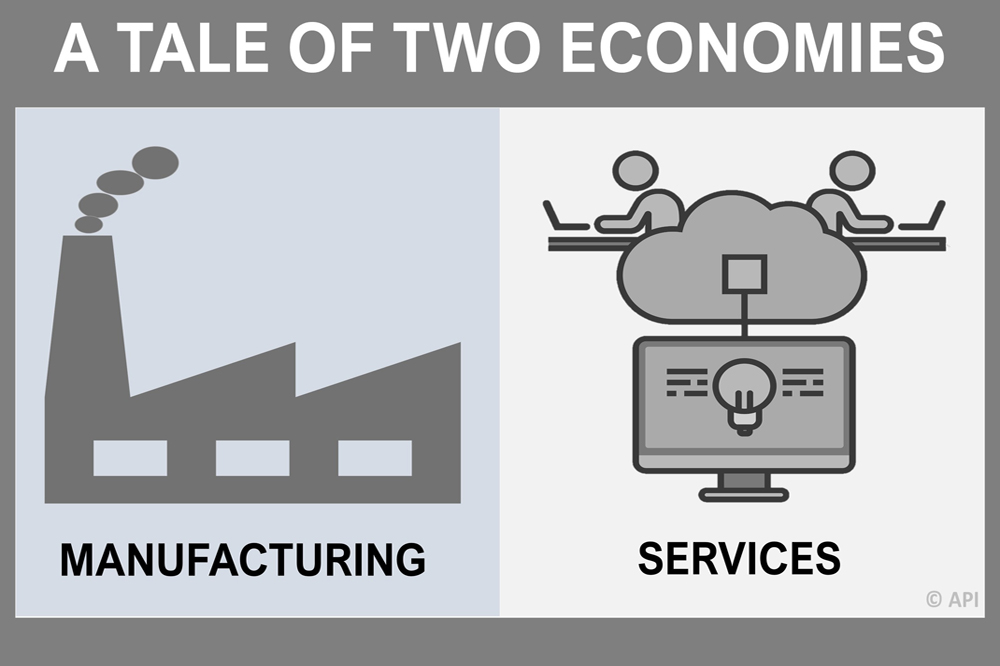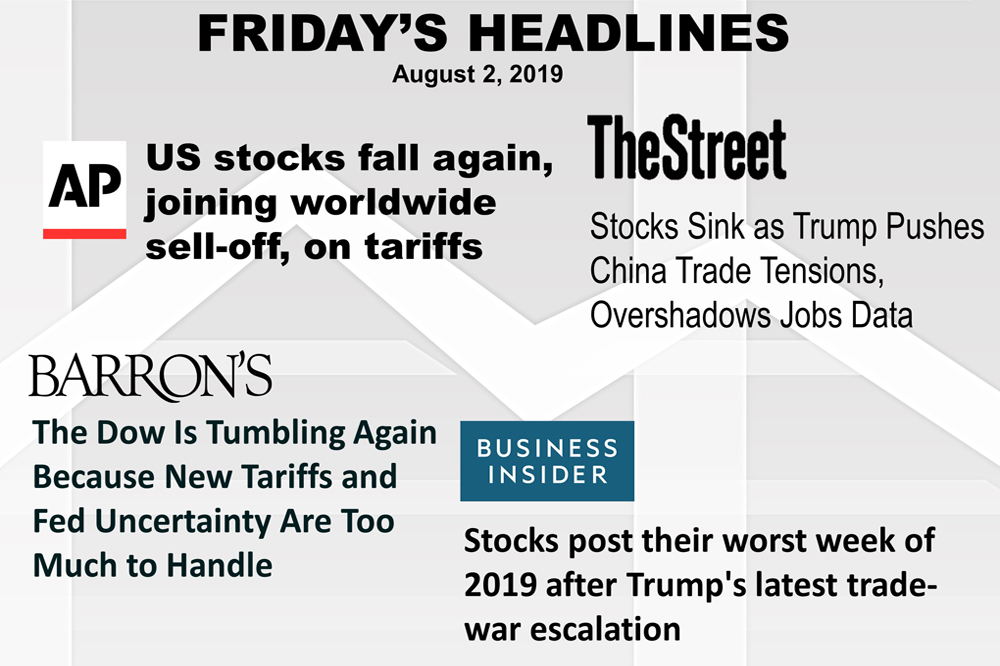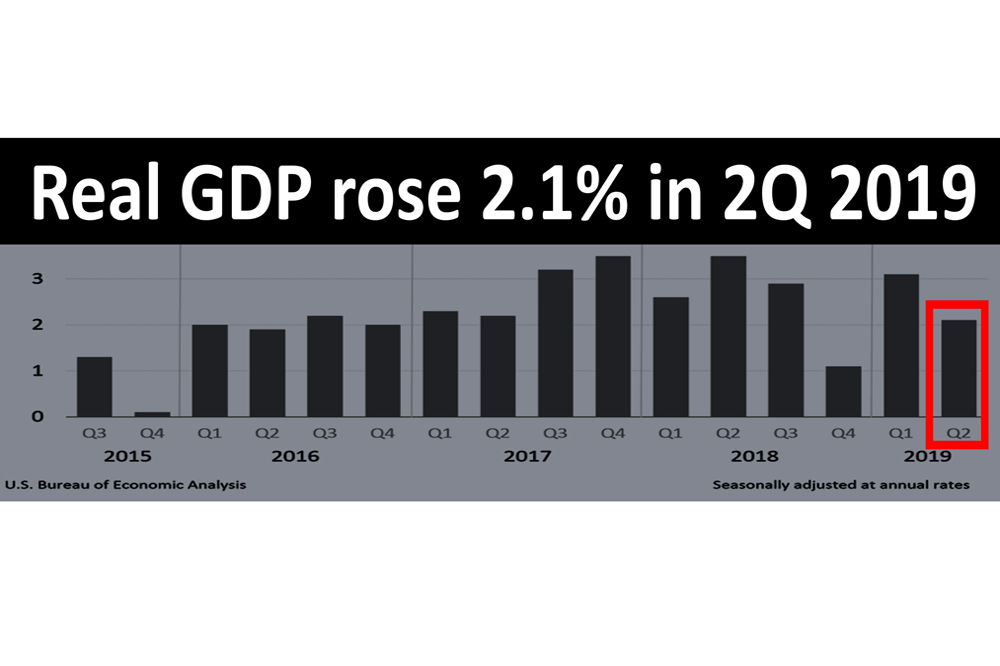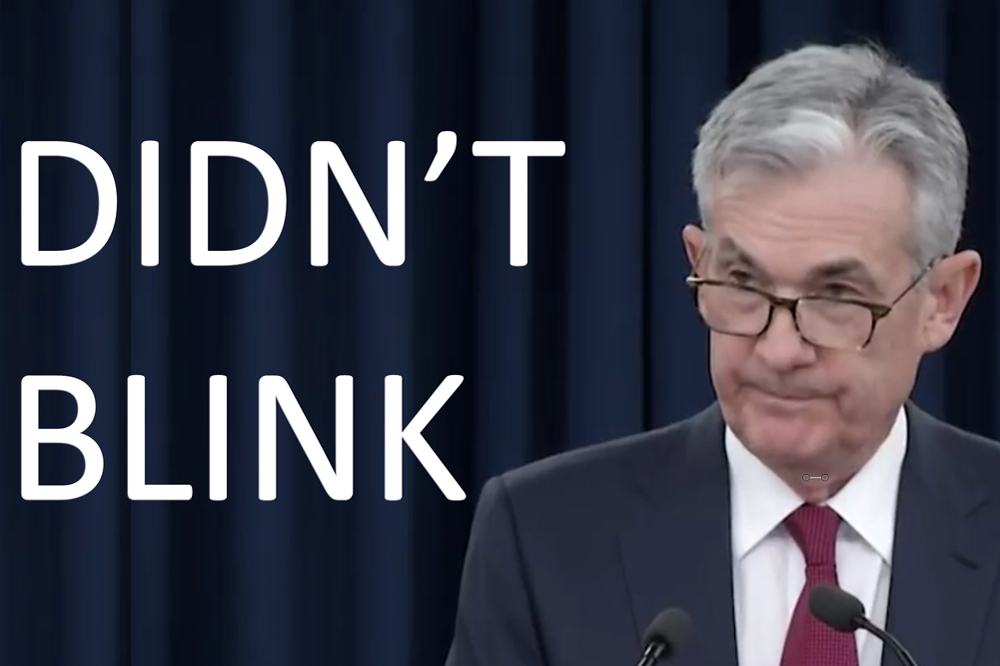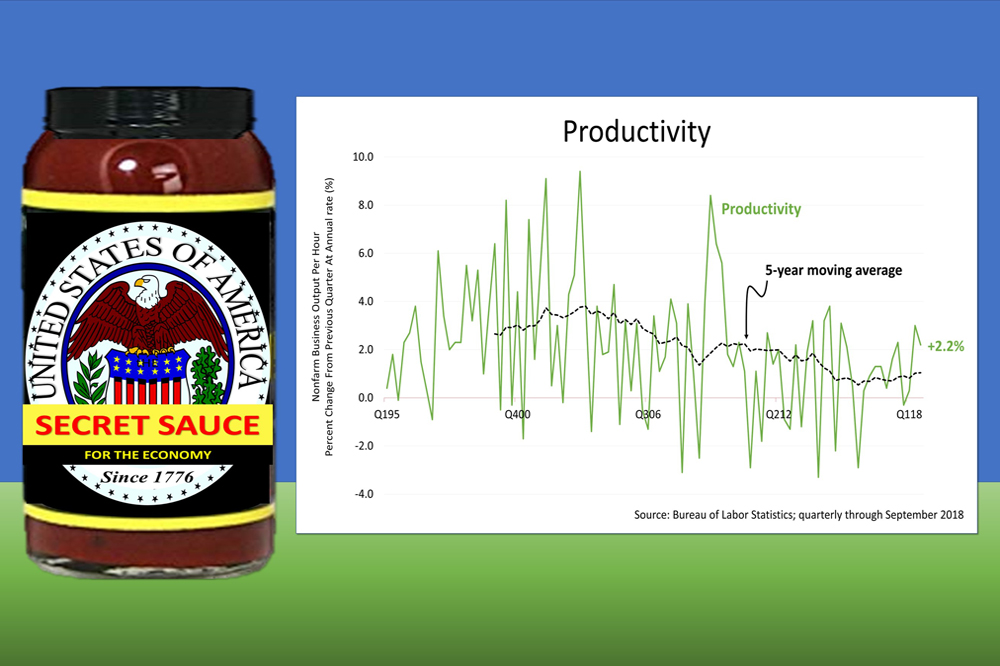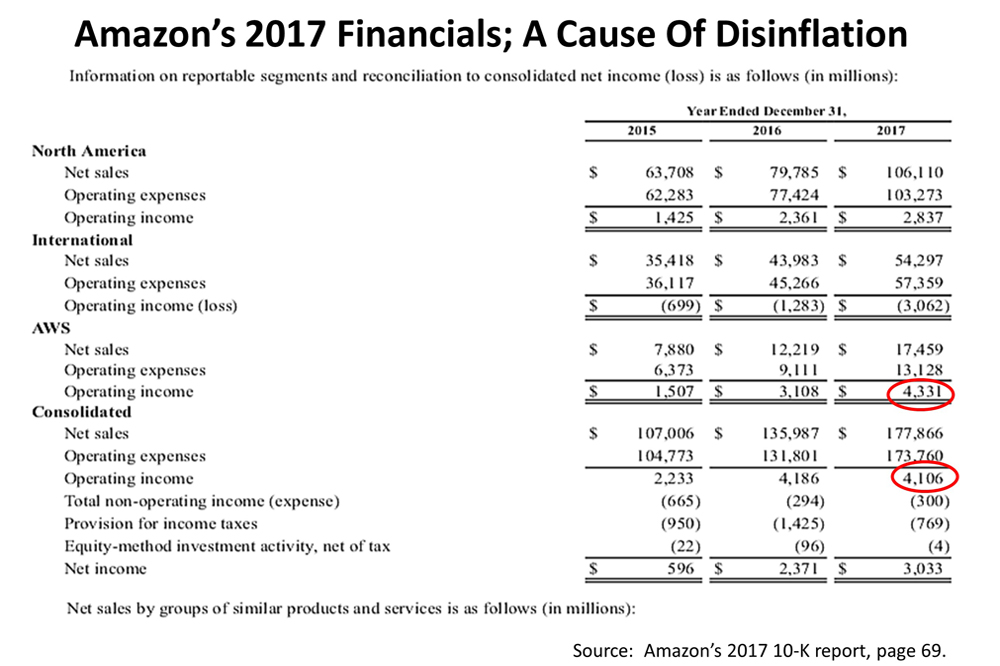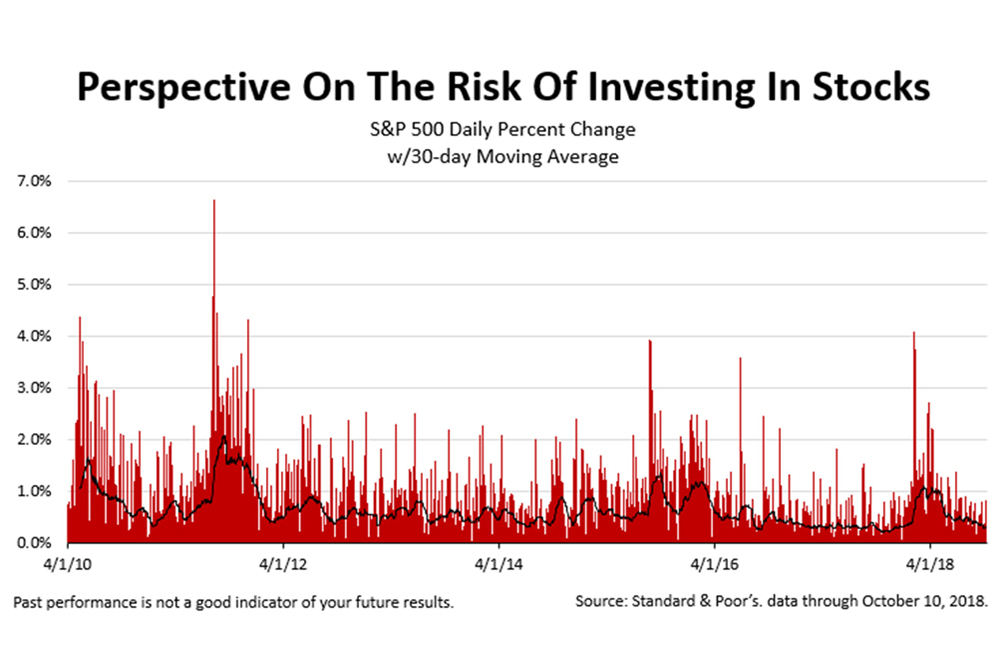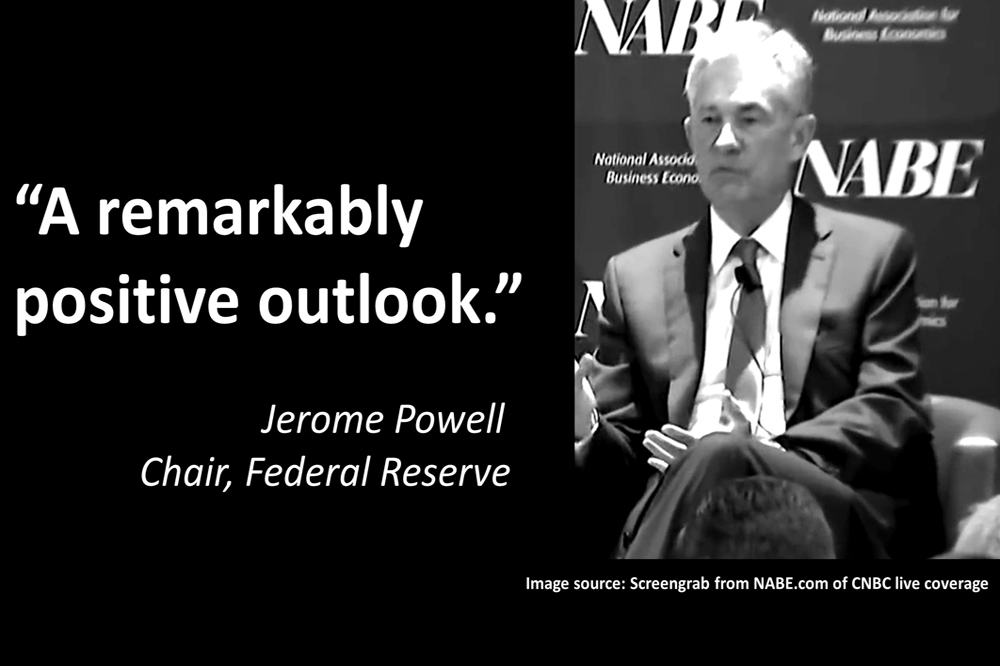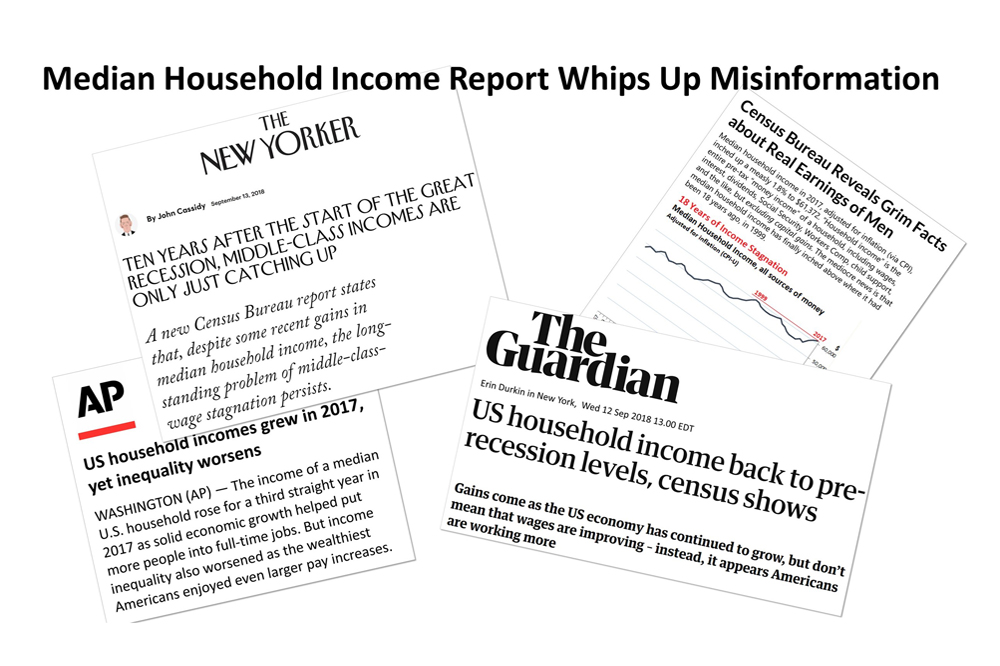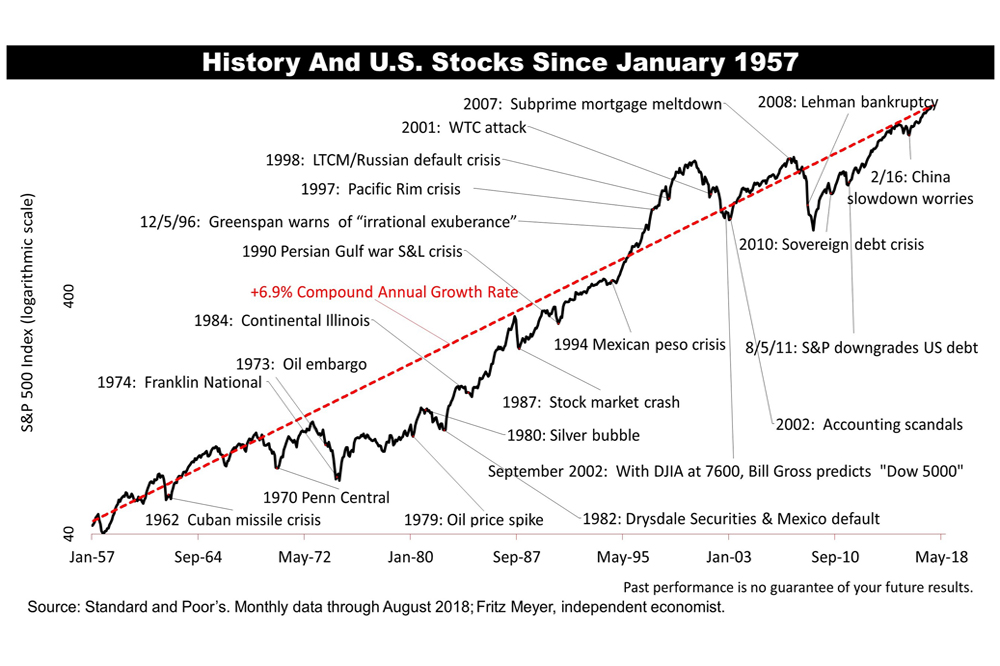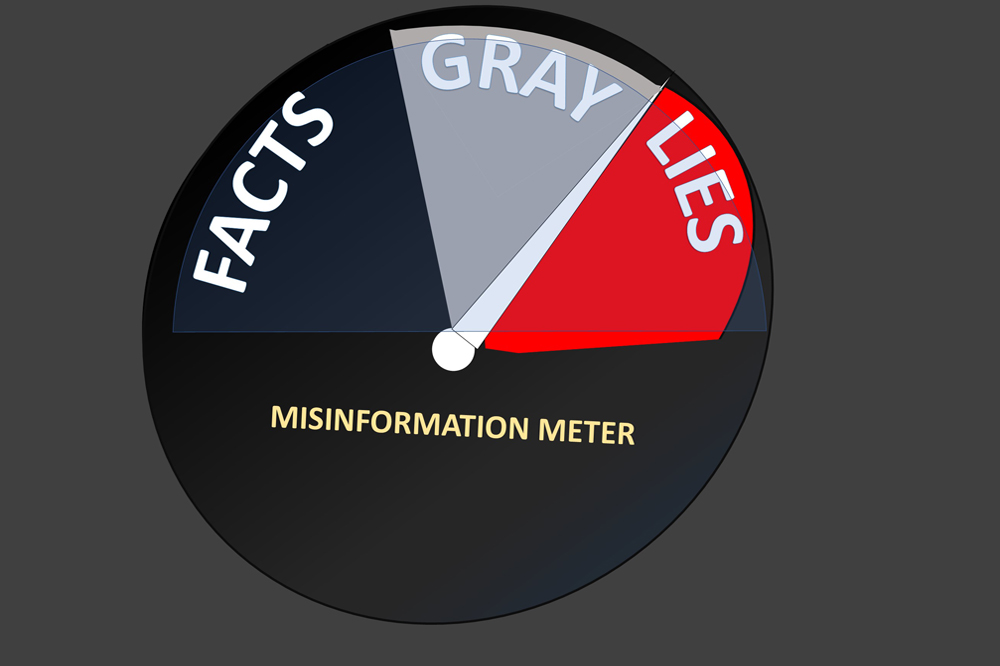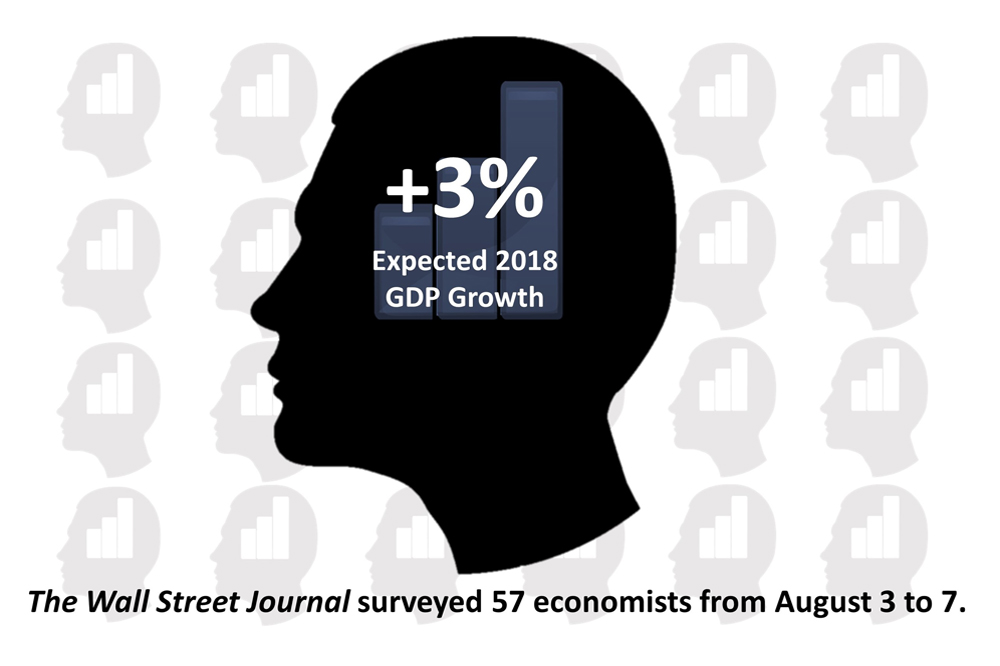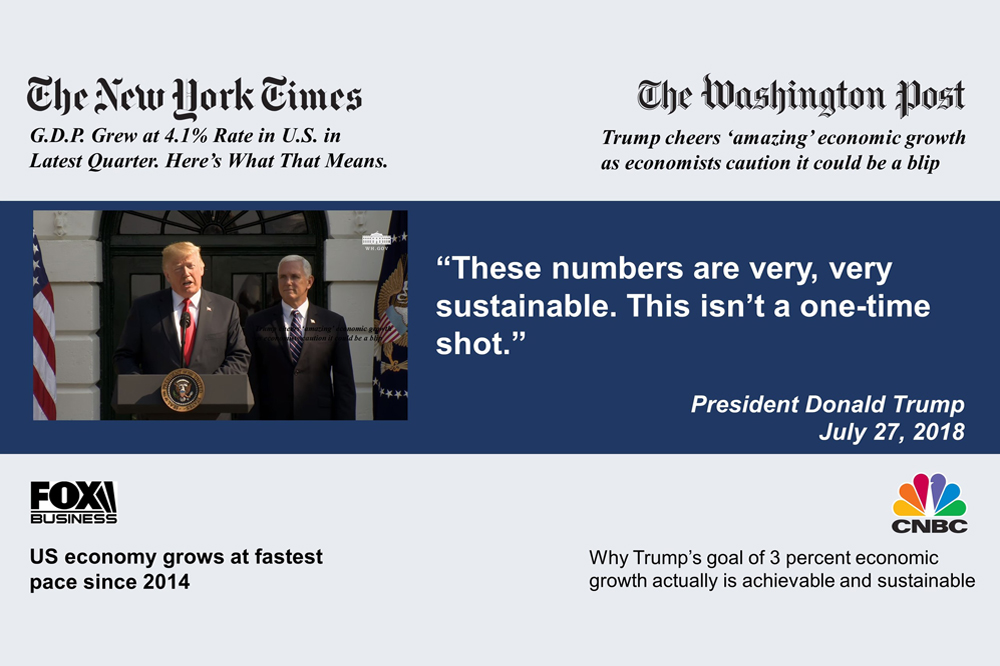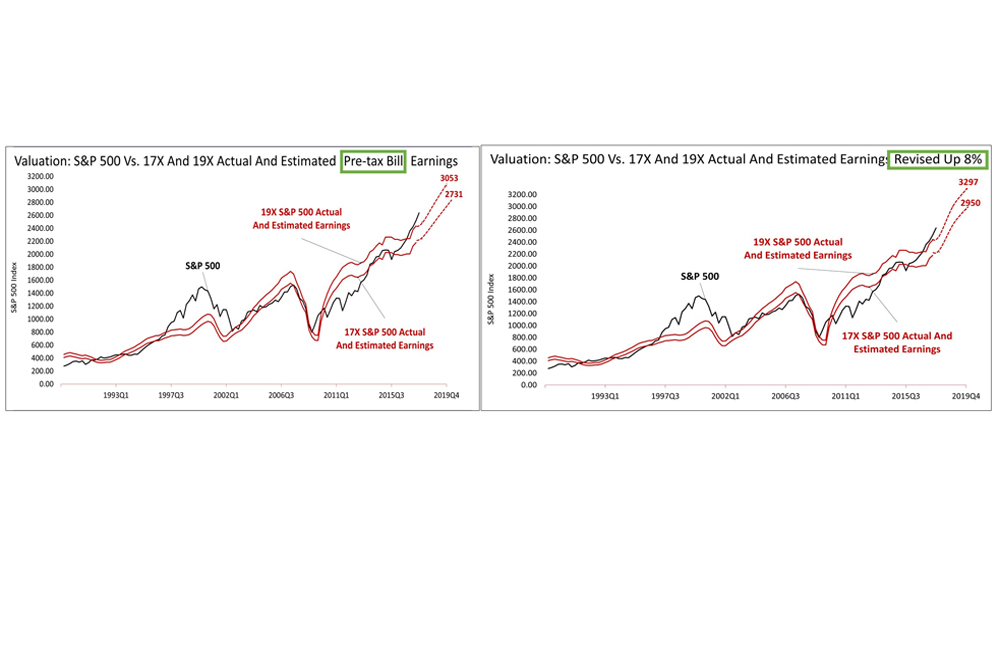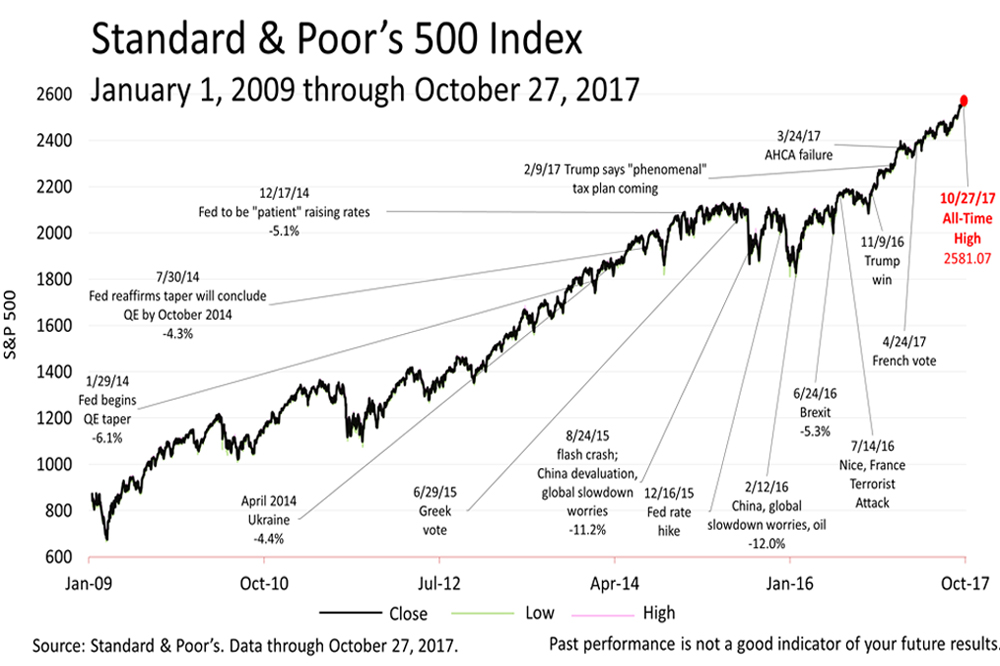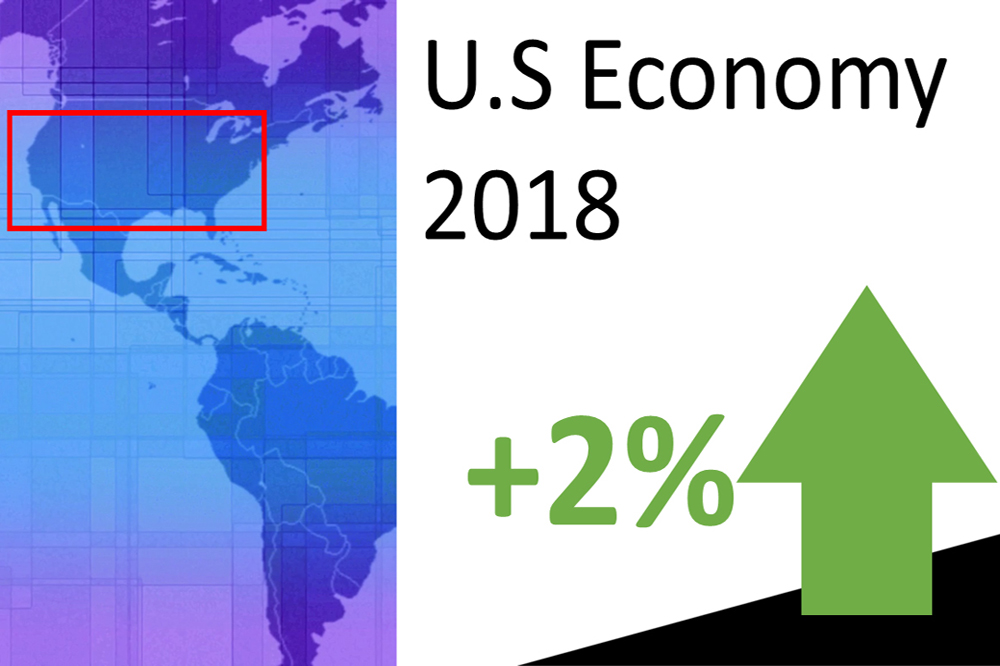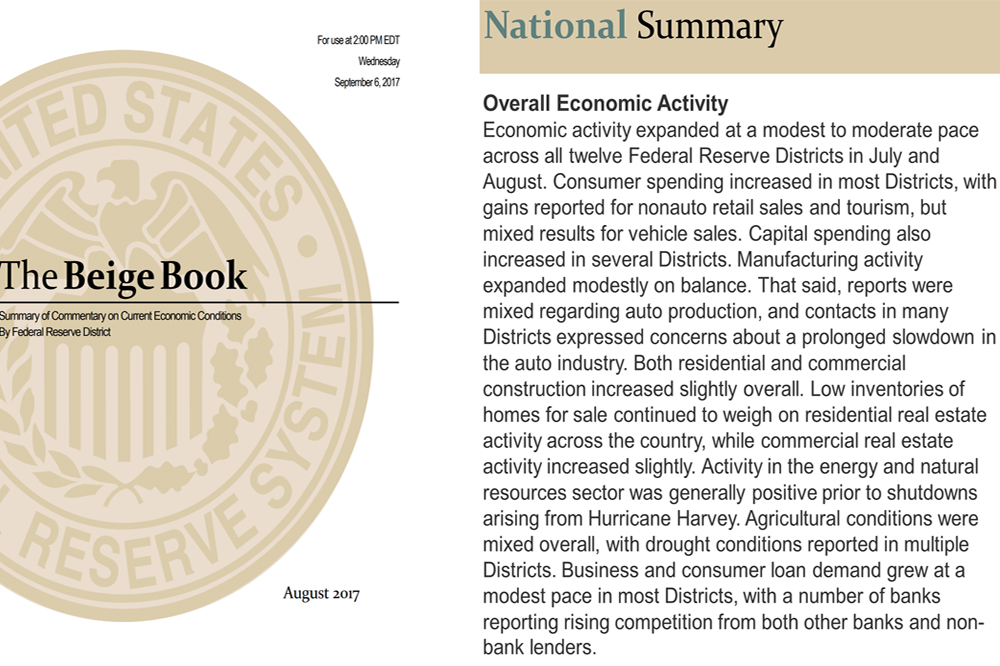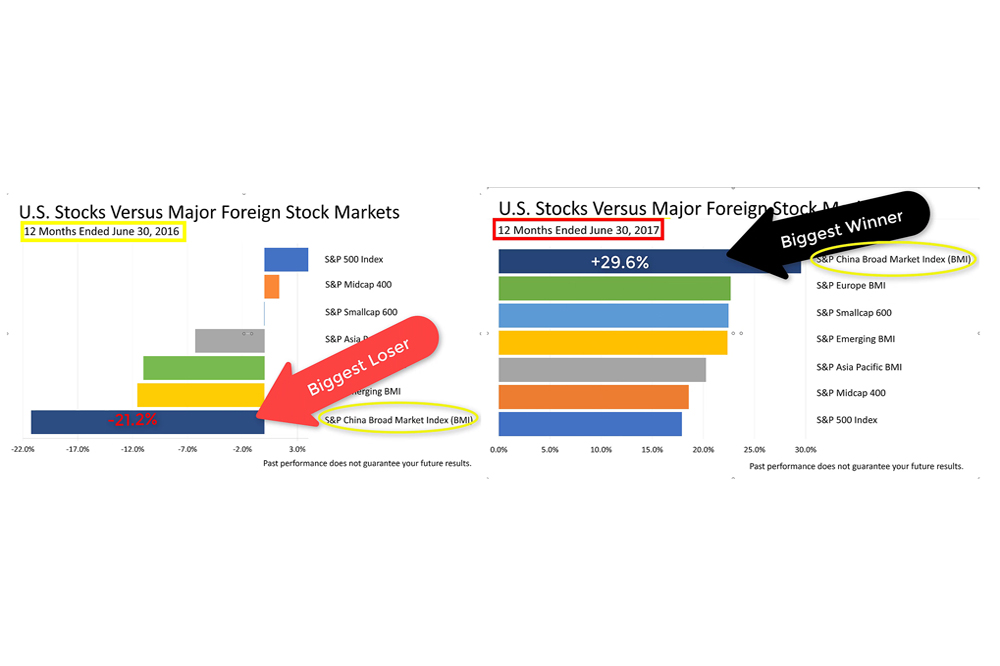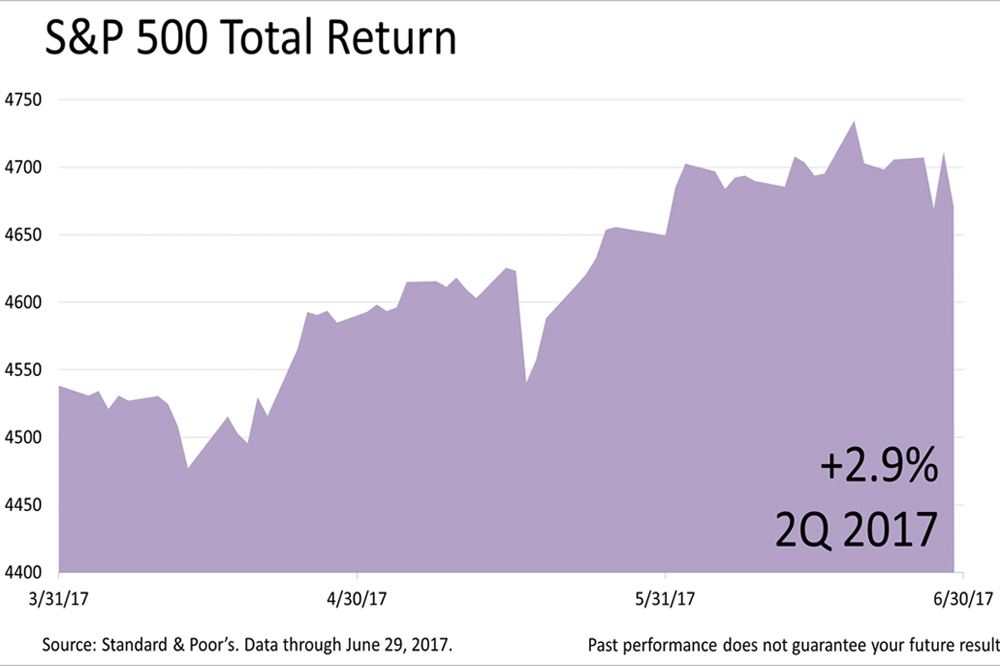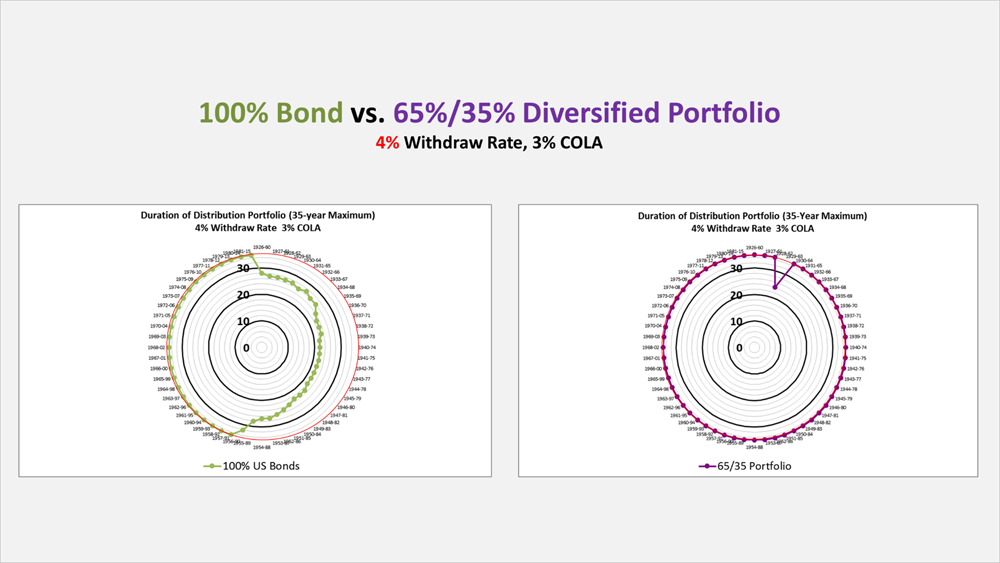Widespread Misinformation Follows Household Median Income Report
Published Friday, September 21, 2018 at: 7:00 AM EDT
Release of the U.S. Census Bureau's annual report on median income received widespread press coverage since its September 12 release, much of it misleading.
Some press reports said it was evidence of rising income inequality. Others said it was just the latest confirmation of two-decades of wage stagnation and a struggling middle-class.
Independent economist Fritz Meyer says household median income is a poor measure of American wealth distribution and economic progress of Americans. His research belies widely-held notions about wealth inequality and wage growth of Americans.
The three lines in this chart represent the percentage distribution of American households across nine income brackets.
Over the last 40 years, the middle-class indeed did grow smaller. However, it was because the proportion of U.S. households in upper income brackets rose strongly.
In 2017, 7.7% of U.S. households were in the highest annual income class — $200,000 and over annually — compared with 1.6% in 1977.
Meanwhile, compared to 1977, when 11.5% of U.S. households fell into the low-income bracket — between $15,000 and $24,999 of income — compared with today when just 9.6% of U.S. households are in that low-income class.
The middle-class — households with between $50,000 and $74,499 of income — is not vanishing. From 22% of U.S. households in 1977, only 17% of American households in 2017 fell into the middle-class. But that's because 7.7% of households were in the $200,000 and over income class.
This article was written by a veteran financial journalist based on data compiled and analyzed by independent economist, Fritz Meyer. While these are sources we believe to be reliable, the information is not intended to be used as financial advice without consulting a professional about your personal situation. Indices are unmanaged and not available for direct investment. Investments with higher return potential carry greater risk for loss. Past performance is not an indicator of your future results.
This article was written by a veteran financial journalist based on data compiled and analyzed by independent economist, Fritz Meyer. While these are sources we believe to be reliable, the information is not intended to be used as financial advice without consulting a professional about your personal situation. Indices are unmanaged and not available for direct investment. Investments with higher return potential carry greater risk for loss. Past performance is not an indicator of your future results.
2024
-
 Stocks Closed At A Record High
Stocks Closed At A Record High
-
 Federal Reserve Projects Strong Growth
Federal Reserve Projects Strong Growth
-
 The Best People Were Wrong
The Best People Were Wrong
-
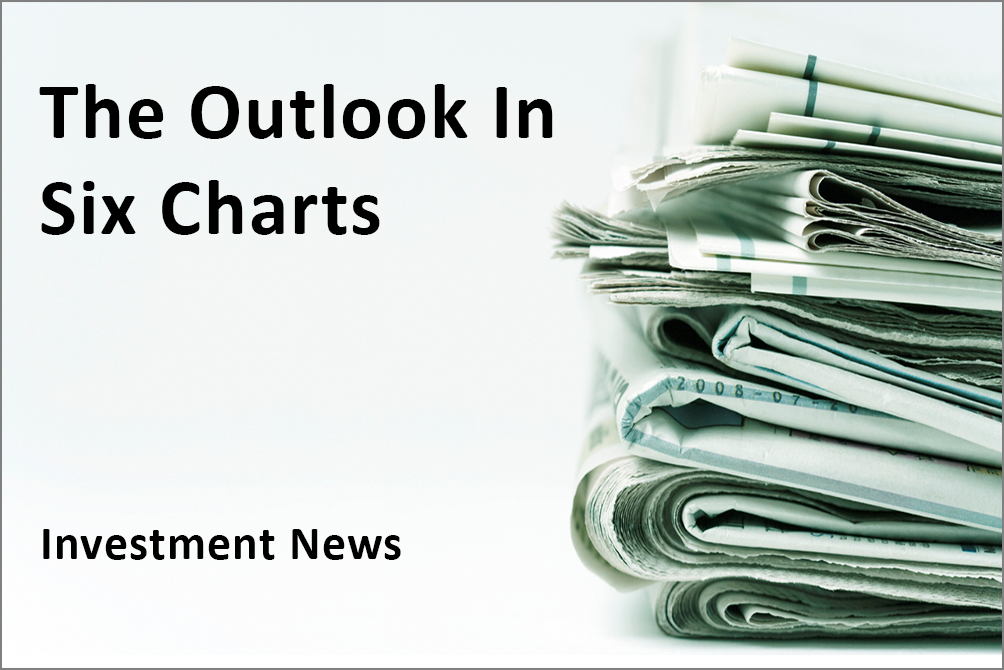 This Week’s Investment News In Six Charts
This Week’s Investment News In Six Charts
-
 U.S. Investor Picture Of The Week
U.S. Investor Picture Of The Week
-
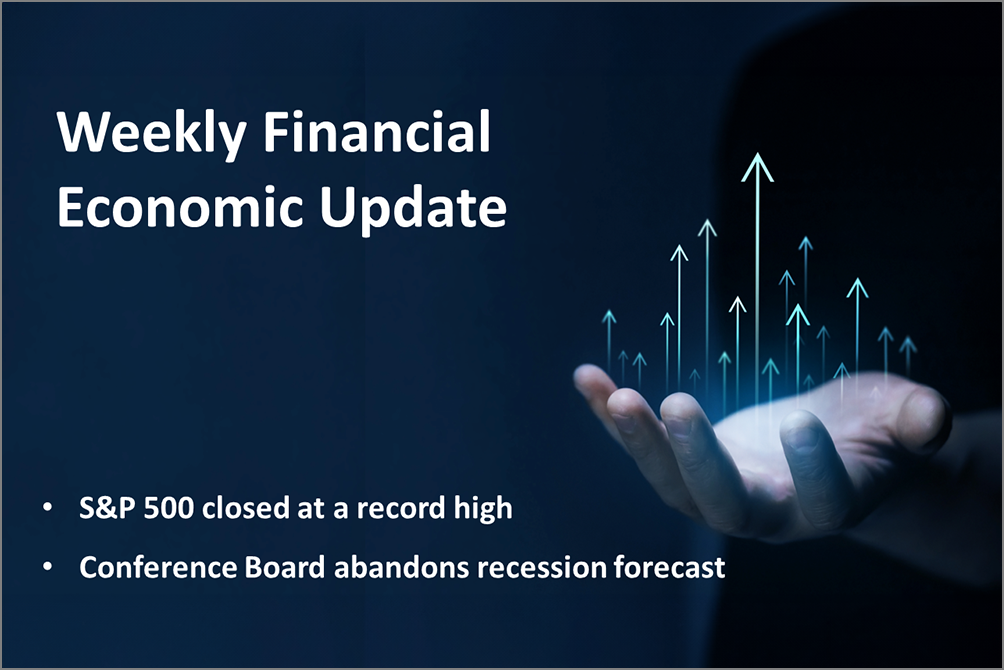 The Conference Board Backs Off Its Recession Forecast
The Conference Board Backs Off Its Recession Forecast
-
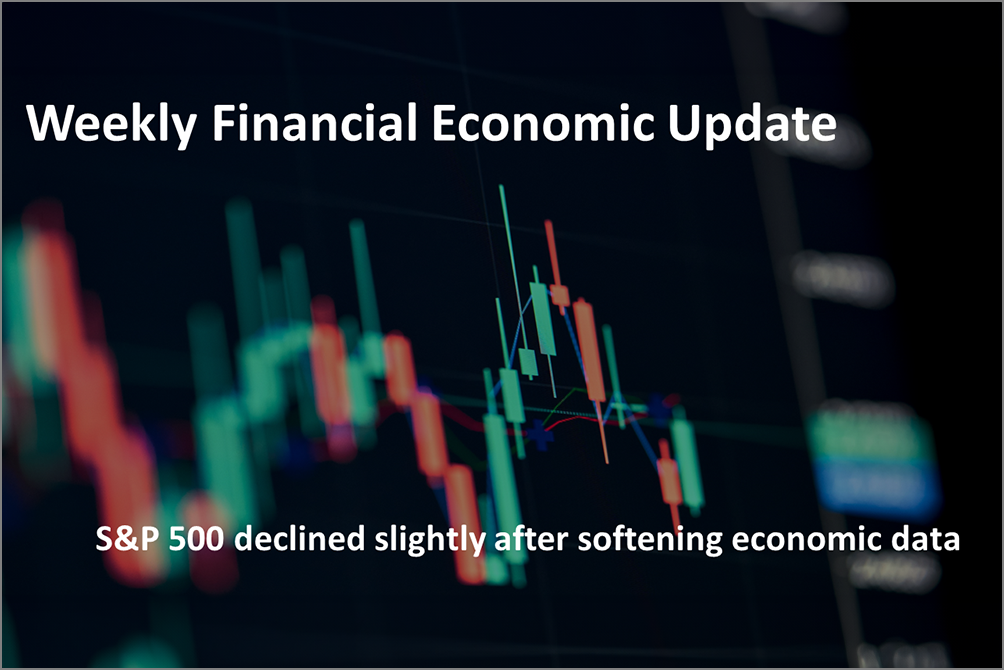 Softening Economic Data, Inflation Fears Dampen Stock Rally
Softening Economic Data, Inflation Fears Dampen Stock Rally
-
 S&P 500 Closes Above 5000 For The First Time Ever
S&P 500 Closes Above 5000 For The First Time Ever
-
 Why America Is The World’s Economic Leader
Why America Is The World’s Economic Leader
-
 Investment News For The Week Ended Friday, January 26
Investment News For The Week Ended Friday, January 26
-
 Why Stocks Broke The All-Time Record High
Why Stocks Broke The All-Time Record High
-
 A Strategic Update, With Stocks Near All-Time High And Crises Unfolding
A Strategic Update, With Stocks Near All-Time High And Crises Unfolding










